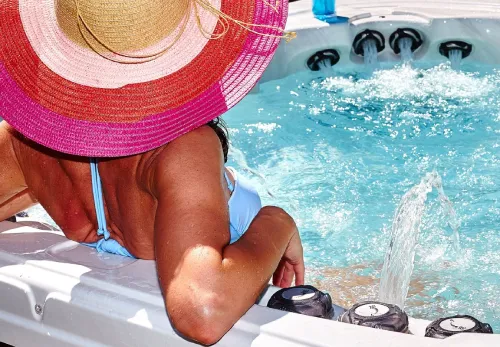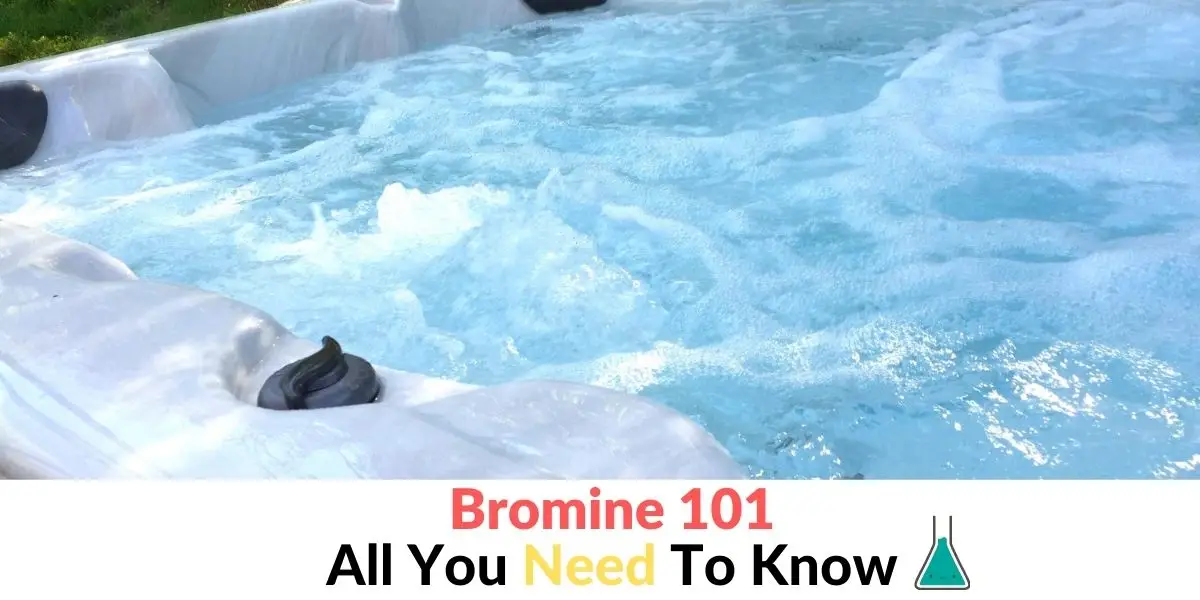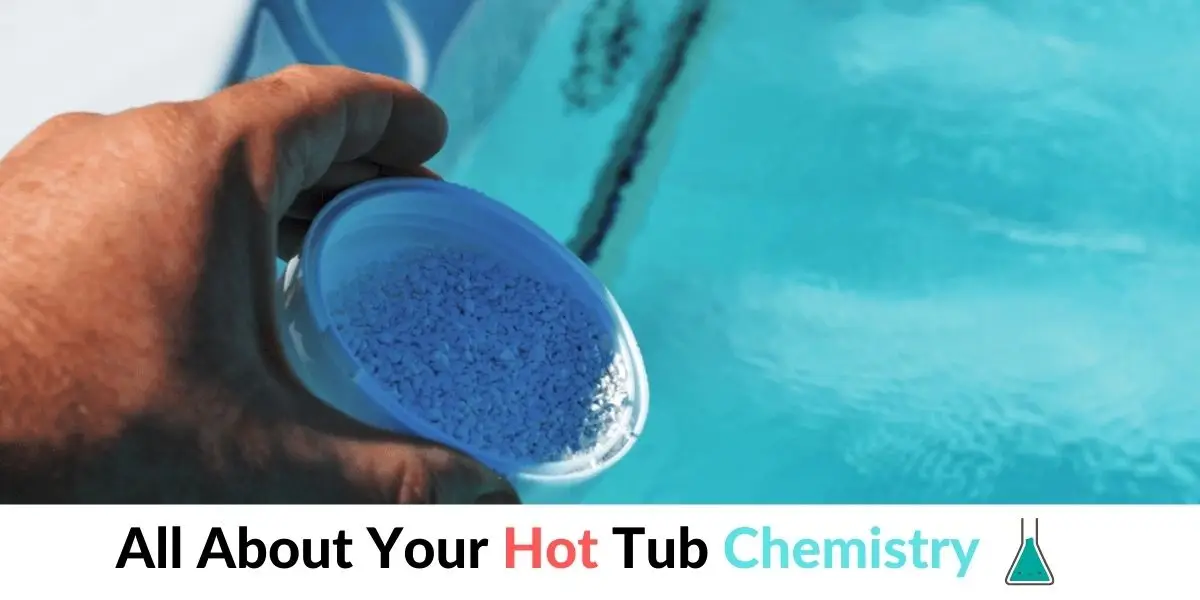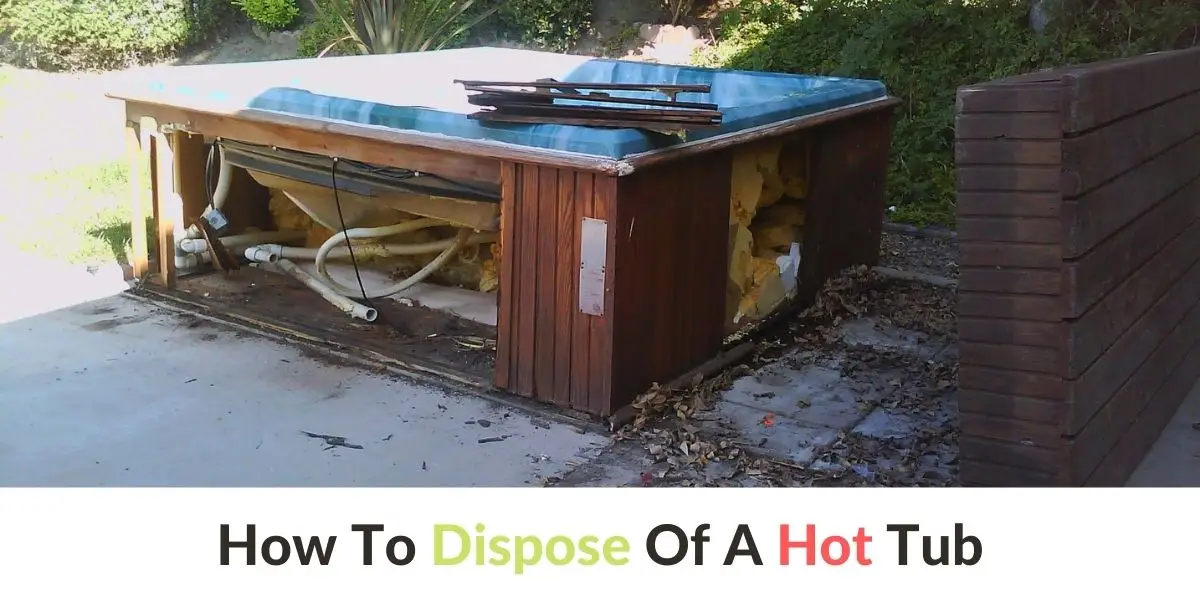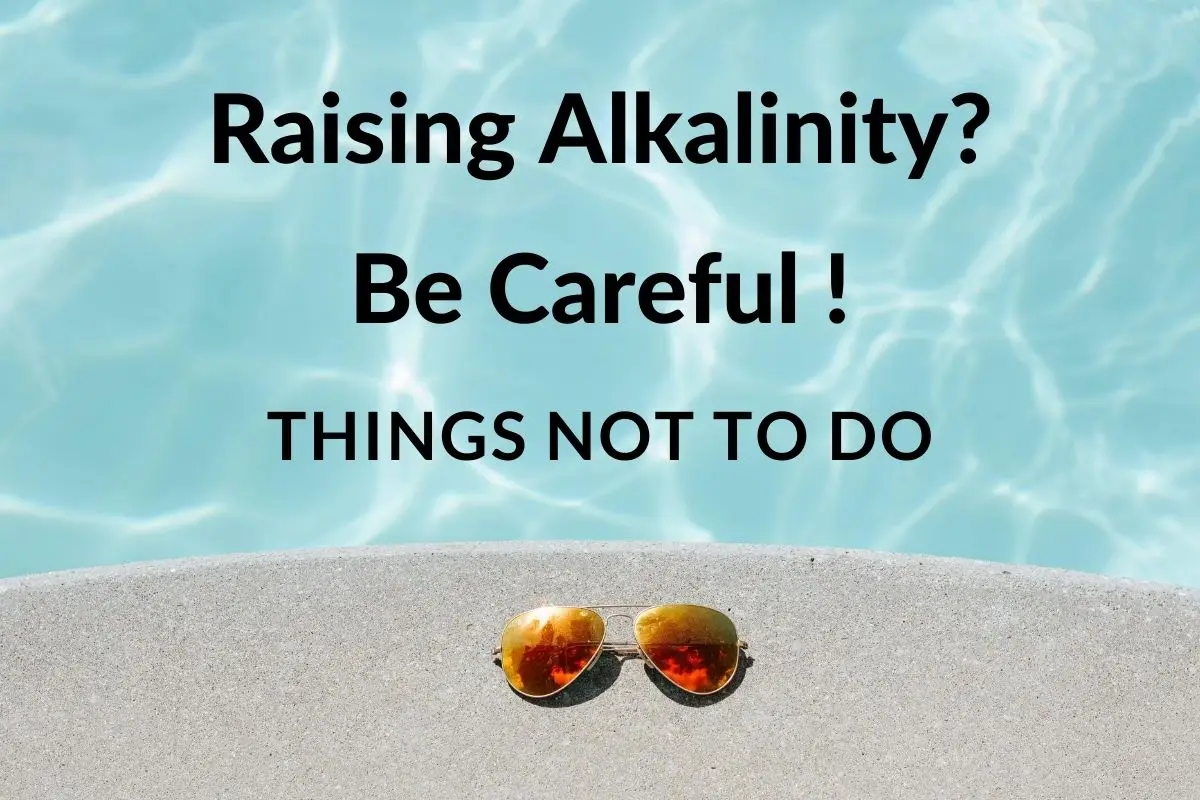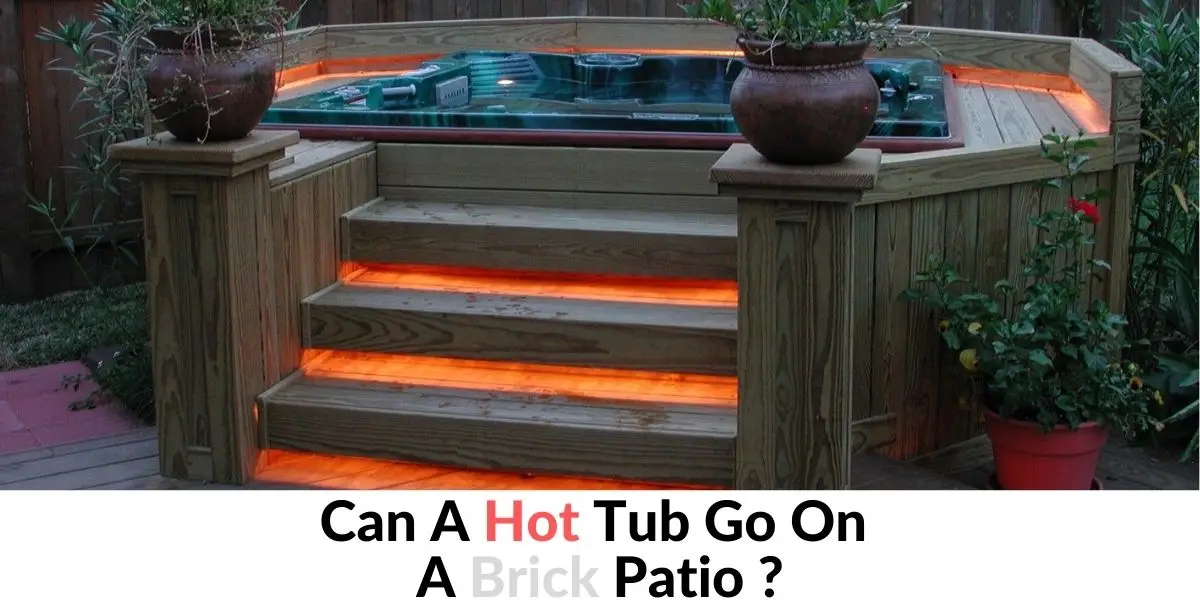Why Is My Hot Tub Not Heating Up All The Way?
I believe that all of you hot tub users have at least once experienced the situation where you could hardly wait to dive into your hot tub, but you find yourself disappointed because the water has not warmed up enough. Several different reasons might be the cause of such problem:
- A clogged filter,
- Faulty high limit switch,
- Faulty heater element,
- Damaged hot tub cover.
Dirty or clogged filters usually cause low water flow, which affects the process of heating as well. So the first thing you should do is check your filters, clean or replace them if necessary, so there is no obstruction restricting water flow.
Another possible reason is that you might have a faulty high limit switch. The high limit switch is a safety feature designed to cut your heater off if your hot tub water has reached dangerous temperatures. Suppose this limit switch, or any of its temperature sensors, is faulty. In that case, it can register lower temperature as potentially dangerous, thus switching off the heater and preventing your tub from heating up.
Additionally, after years of use, the heater’s efficiency decreases, mainly due to the accumulation of limescale. Excessive limescale buildup on a heater element results in poor water balance, reducing the heating process productivity. Moreover, calcium buildup eventually results in heater element failure, and the best option would be to replace the heater.
However, sometimes there is nothing wrong with your inside hot tub equipment, but the problem lies within your hot tub cover. The cover is mainly used to prevent heat escape when the hot tub is not used or during heating. Hence any damage to the cover, cuts, rips, etc., might cause heat loss, which reduces overall water temperature.
There are other possible reasons that might affect your heating process efficiency, such as faulty wiring, or whether you left your air blower on during the process, but anything that requires tampering with electricity should be left to the electrician to fix.
How do I Make my Hot Tub Warmer?
If you are a fan of hot water and the maximum of 104°F, which most hot tubs are set to allow, is not hot enough for you, you are probably wondering how to exceed this maximum to at least 105 or 106°F. On older hot tubs increasing the water temperature can be done by adjusting the thermostat. The thermostat consists of a copper wire and a capillary bulb that senses the water temperature, and at its end, there is a 1/8″ hex head adjustment screw. You should turn the screw adjuster one quarter in the clockwise direction if you want to increase the heat of your water. In case you want your water cooler, turn the screw one-quarter in the counter-clockwise direction.
On the other hand, with hot tubs that have electric controls, i.e., thermistors, to make your temperature controller think the water is 104°F when it is actually higher, you might consider putting a resistor in series with each thermistor near the control board. For example, having a 110°F, your thermistor will have 14158 ohms; at 104°F, your thermistor will have a resistance of 16245 ohms. Thus, adding a 2.2K ohm resistor in series with each thermistor exposed to 110 °F will make the temperature controller think the water is only 104 °F.
In addition, you might even try putting some insulation material over the temperature sensor that will prevent the sensor from reading the actual water temperature.
Remember that it is not safe to tamper with the thermostat because any temperature above 104°F is not considered safe by the UL certification. Also, tampering with the thermostat might void your hot tub warranty if a technician notices that a hot tub has been modified.
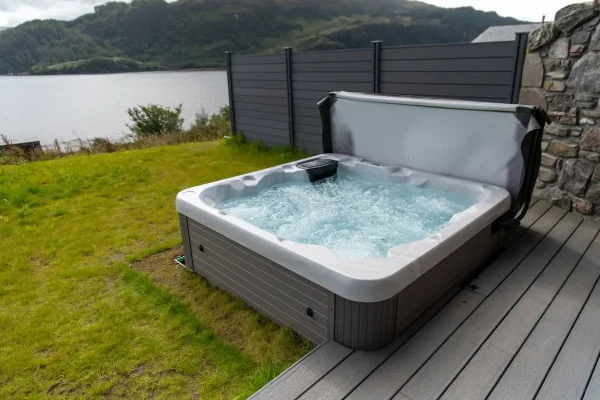
How Long does it Take for a Hot Tub to Heat Up 10 Degrees?
It would take about an hour or more for the water to heat up to 10 degrees. For a hot tub to achieve a temperature of 102 °F, it usually takes about four hours. However, depending on the surrounding temperature and other factors, the period needed for a hot tub to reach its set temperature might range from three to eight hours.
The time it takes for your hot tub to reach the desired temperature can be affected in several different ways. For example, it is essential to use your hot tub cover to speed up the heating process. Additionally, how well your hot tub is insulated also affects the time needed for a hot tub to heat up. Other ways that determine the speed of the heating process are the size of your hot tub, the power of the heating element, and the ambient temperature. For example, using a more powerful heater as well as heating the water during summer days will speed up the process of heating.
How Long does it Take for a Spa to Heat Up?
Depending on how well your hot tub is insulated and several other variables that affect your hot tub heating process, the average time needed for a hot tub to reach the optimal temperature ranges between three and eight hours.
However, if you are getting your hot tub running for the first time, it might take a little bit longer for the hot tub water to heat up fully. The initial process of heating might range between 24 and 48 hours.
Generally, it is hard to say precisely how much time a hot tub needs to heat up because many factors determine the heating tempo.
The first factor that directly affects the heating process is the size of the hot tub. Larger hot tubs will require more time to heat up than hot tubs that contain fewer gallons of water. Also, without a well-insulated cover, your hot tub might take ages to reach the standard temperature. The cover prevents the heat from evaporating and retains the heat inside the hot tub. Additionally, assuming your hot tub is well insulated, and the heater is working well and is more powerful, the water might heat up by 3 to 6 degrees in an hour. Anything below 3 degrees per hour might take 16 hours or more to reach the standard temperature of 104°F.
Be that as it may, it is very important to keep your hot tub in standby or sleep mode if you are not using it for some time. Having your hot tub in standby mode will keep your water circulating while also heating the water to about 20°F less than the optimal temperature, thus reducing the time needed to heat the water.
If you covered all the requirements above, your hot tub should take only 3 or 4 hours to heat up to a set temperature.
How do I Reset the Heating Element in my Hot Tub?
To reset the heating element, locate the high limit switch and press the big red button. The high limit switch is usually located on your spa pack in the heater cabinet, in its lower-left corner, and is often colored white with the red push button in its center. The button will click in when you push to reset it.
However, resetting is only possible in case your high limit switch has tripped. Otherwise, if there is something wrong with the heating process, but you cannot reset the red button, the issue is probably within the heater element itself, and you might consider replacing it. So how do you know if the high limit switch has tripped? When triggered, the high limit switch button pops out, and if the button does not pop out, the high limit switch has not tripped; therefore, you will not be able to reset it.
How do you Test a Heating Element in a Hot Tub?
To test a heating element:
- Use an Ohm meter or a multimeter.
- Prior to heater element inspection, make sure that all electrical power to the hot tub is off.
- Disconnect both power leads from the heater terminals. If using the multimeter, set it to 1000 ohms and place the leads on each terminal.
If your heater element is in good condition, the meter will show resistance between 9 and 12 ohms. If the meter shows low or too high readings, there may be a short circuit in the unit.
Afterward, test a heating element voltage using an Amp meter. If there is a good continuity, the meter will show the draw of 15-25 amps at 240v. For example, a hot tub wired for 110 volts should draw 15 amps, while the hot tub wired for 220v will draw 25 amps. If the meter shows excessive voltage, it means that the heating element is bad. On the other hand, no voltage indicates that there is no power reaching the terminals.
In case that the testing shows your heating element is in good condition, you might want to test the associated heater components, such as a high limit switch or the thermostat.
The Hot Tub Won’t Heat Past 99
If the hot tub water temperature is not going high enough, you should first inspect the heating element and its associated heater components.
One of the possible reasons is that the thermostat is set to this template or if not, then it needs replacing. Another reason is that a faulty high limit switch might keep tripping when the water temperature reaches 99 °F. If tripped, the switch can be reset, and after resetting, your hot tub should continue to operate correctly.
However, sometimes the problem is not in the heating compartment but relatively poor maintenance of your filters. Clogged or dirty filters might cause low water flow, preventing the hot tub from reaching the optimal temperature. It would help if you checked your filters and replaced them if they were no longer usable.
There are also situations when people do not notice that they accidentally set their hot tub in sleep or economy mode. During economy mode, the hot tub will only heat during filtration cycles.
On the other hand, hot tubs equipped with Balboa hot tub packs have dual temperature ranges, low and high-temperature ranges. If your hot tub is in the low-temperature range, it will only heat to 99 °F, while in the high range, it will heat to 104 °F. To change this setting, all you have to do is navigate the small black arrow at the bottom of the control panel screen that points up or down. If the arrow is pointing down, it shows that the hot tub is in the low range. On the other hand, the arrow pointing up indicates a high-temperature range.
Why is it Taking so Long for my Hot Tub to Heat Up?
How fast your hot tub is heating up depends on the condition of the hot tub components. If any of the elements, such as the heater, pumps, cover, etc., is damaged or faulty, your hot tub might require much longer to reach the optimal temperature.
However, the most common reason your hot tub heats water poorly is worn-out or dirty filter cartridges. Be sure to change your filters more often if you use your hot tub more frequently. Changing filters should restore the proper functioning of the heater if the damaged filter was causing the issue at all.
On the other hand, if your hot tub needs more time than usual to heat up, there might be an electrical or mechanical issue within the heater. On one occasion, it turned out that the cause of the slow water heating was a damaged installation. Namely, several wires have been chewed by the rats.
Moreover, your high limit switch might be tripped, and the heat to your water is only added by the pump operating. To eliminate the problem, locate the high limit switch on your spa pack and reset it. Resetting the switch should resolve the issue with your heater, and your hot tub should reach the optimal temperature as quickly as before.
Is 99 Degrees Hot Enough for a Hot Tub?
The ideal water temperature for a hot tub is between 100 and 102 °F. However, many users keep their water temperature set between 97 and 99 °F, especially during hot summer because the summer heat directly affects your hot tub water temperature. This temperature level will help you feel refreshed and enjoy the hydrotherapeutic benefits without making your time in the water uncomfortable.
On the other hand, setting your temperature a little bit higher, but not more than 104°F, in the winter might help compensate for the cold in the air.
For most people, temperatures between 100 and 104°F feel pleasantly hot. Still, it is not advisable to stay soaked in for longer than 15 to 20 minutes because the extended period of exposure to water that is too hot might leave you feeling weak, tired, and dehydrated. On the contrary, water temperature set to 98-99°F is close to our body temperatures and enables you to stay longer in your hot tub without significantly impacting your safety.
Overall, to what temperature someone sets their hot tub is a personal preference and depends on how much heat one can tolerate. It would be best to maintain your hot tub water temperature in a way that suits your health, age, and tolerance.


